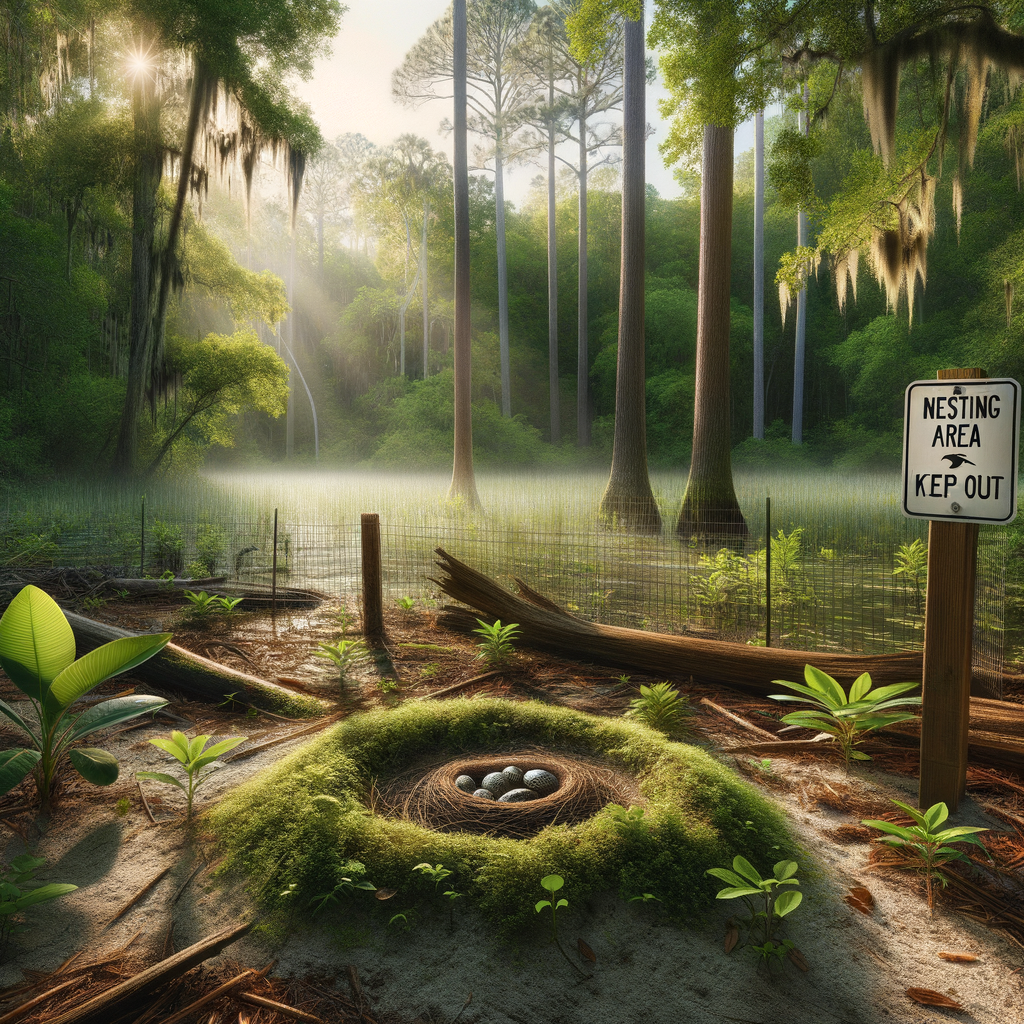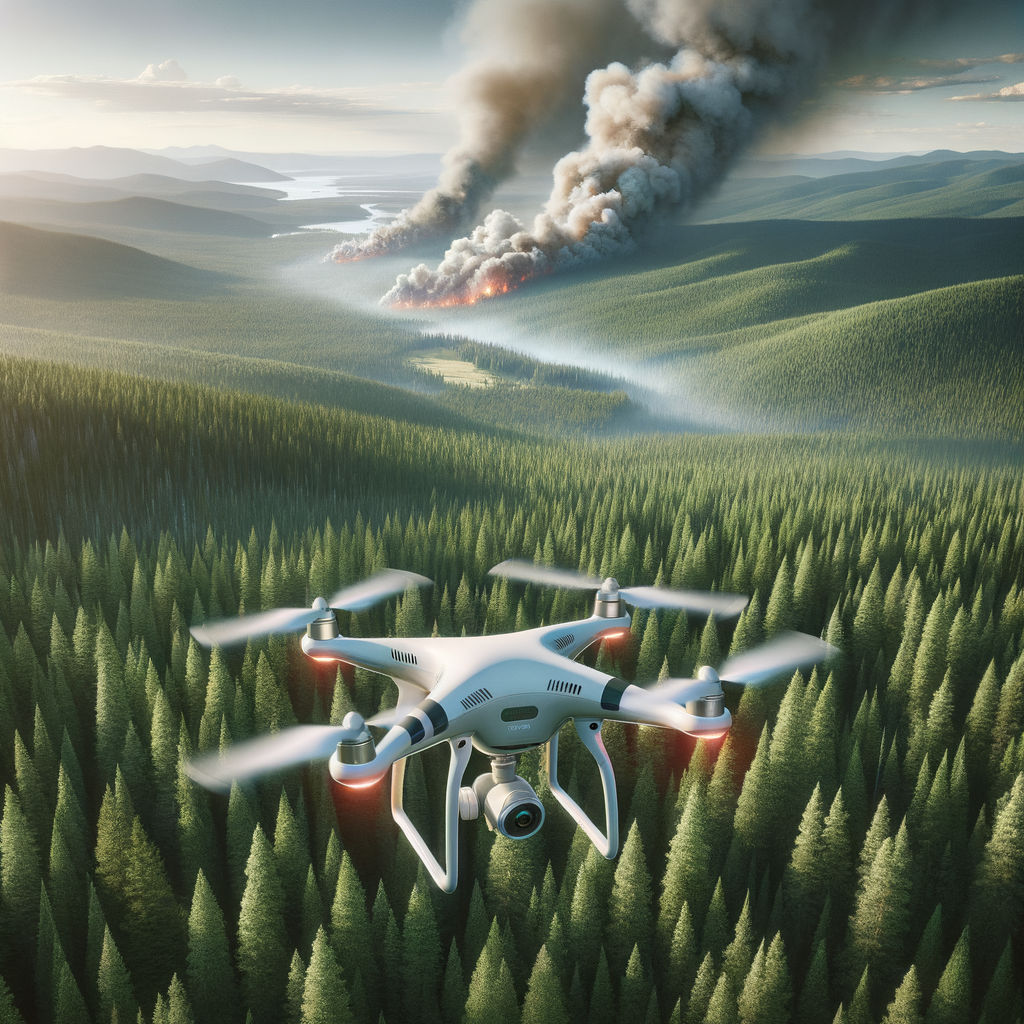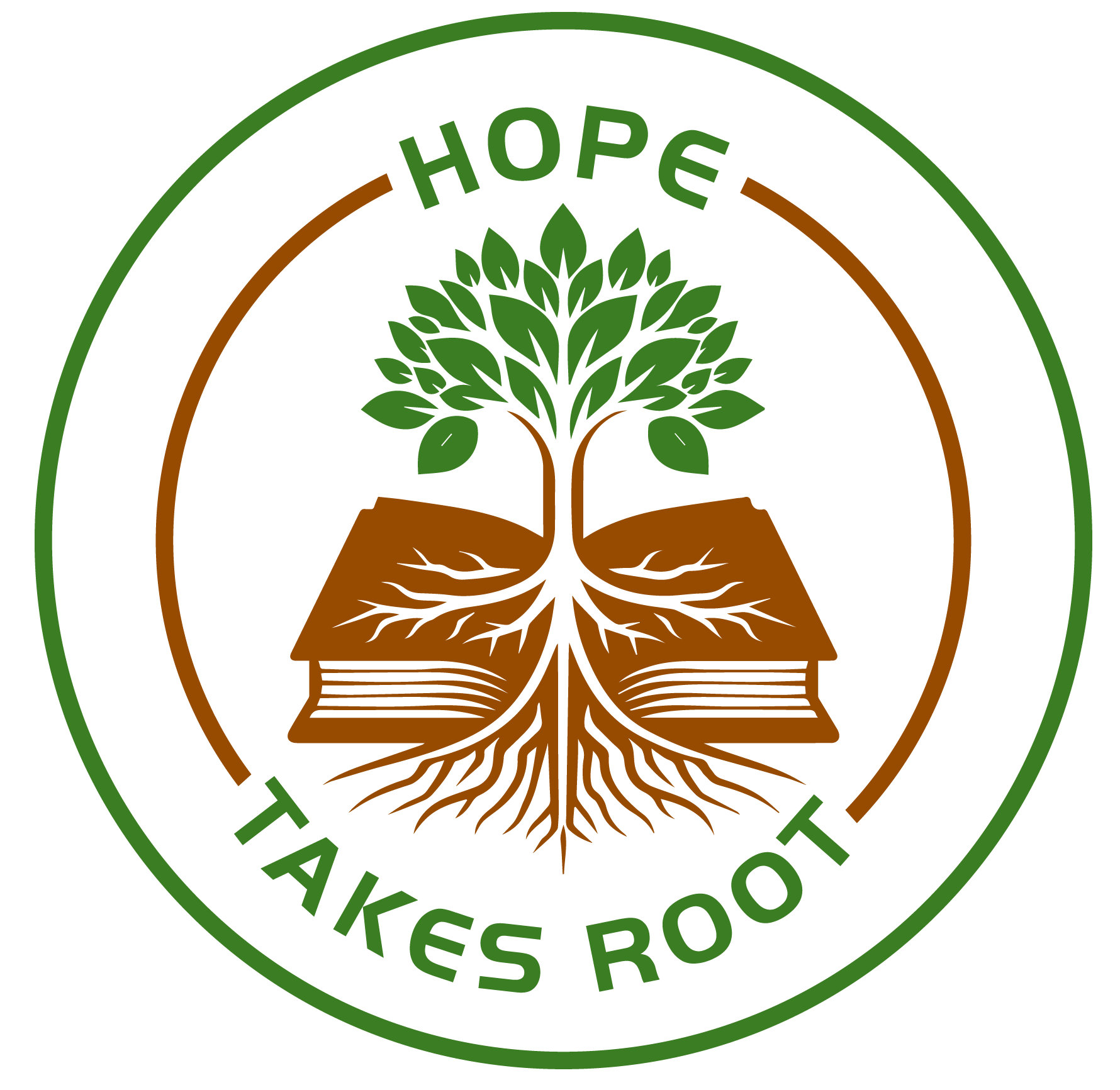Wildfire Risk Assessment Tools Insights for July
When it comes to protecting our forests from wildfire, knowledge really is power. I've spent a good deal of time understanding just how destructive wildfires can be—not only to trees and wildlife but to communities and the atmosphere. What stands out to me is that many wildfires are preventable. That makes wildfire risk assessment tools incredibly important. These tools help people like me, and you, make smarter decisions before heading into the woods or managing land.
Why Wildfire Risk Assessment Matters to Everyone
I have always appreciated the outdoors—the quiet, the fresh air, the beauty. But I also know how quickly a wildfire can change everything. Trees that grew over decades? Gone. Wildlife habitats? Destroyed. Near communities? Danger looms.
The key to preventing such disasters is understanding risk ahead of time. Wildfire risk assessment tools put that understanding into the palm of your hand. They show when and where fire danger is high, giving you the chance to alter plans and stay safe.
What Are Wildfire Risk Assessment Tools?
These tools come in many forms—from websites with updated fire danger ratings to mobile apps and even advanced satellite monitoring systems used by governments and forestry experts. What they all share is the goal of evaluating current conditions to estimate wildfire risk.
Factors considered include:
- Temperature
- Humidity
- Wind speed and direction
- Drought level
- Fuel moisture in vegetation
- Recent precipitation
When these elements combine unfavorably, the risk spikes. A smoke-filled sky in the distance often signals it already.
How I Use Wildfire Risk Assessment Tools Before Heading Outdoors
My routine now includes checking local wildfire risk every time I plan to camp, hike, or do any outdoor activity. I visit official forestry sites or use trusted apps that provide real-time data including fire danger ratings categorized as low, moderate, high, very high, or extreme.
If the rating is high or above, I take it seriously. That means no fires, extra caution with cigarettes or equipment, and being ready to evacuate if authorities issue warnings.
This simple step has saved me worry and ensured I do not contribute to wildfire starts.
Examples of Trusted Wildfire Risk Tools I Recommend
-
National Fire Danger Rating System (NFDRS): A detailed resource providing hourly updates on fire danger based on complex weather and fuel data.
-
US Forest Service Fire Danger Apps: Convenient mobile options delivering localized fire risk information and alerts.
-
Fire Weather Forecasts by Meteorological Agencies: These include tailored fire weather warnings that predict potential fire spread and spotting.
Using these tools enhances preparedness and gives peace of mind.
Why Technology Alone Isn’t Enough
Although wildfire risk assessment tools are invaluable, they work best combined with responsible human behavior. For instance, even on days labeled moderate fire danger, a careless discarded cigarette or an unattended campfire could still ignite a blaze.
I always pair tech insights with strict fire safety habits:
- Build fires only in designated spots
- Fully extinguish campfires
- Clear flammable debris around fire areas
- Avoid fireworks near forests
- Maintain spark arresters on equipment
Each small action complements the data and helps prevent accidents.
How Wildfire Risk Assessment Supports Communities and Governments
Beyond personal safety, these tools help authorities allocate firefighting resources wisely. By knowing where and when fire risk is highest, fire crews can prepare quicker and respond faster, limiting damage.
Communities also benefit by receiving early warnings, allowing timely evacuations and reducing panic.
Moreover, data from wildfire risk assessment tools informs larger-scale forest management decisions like controlled burns, thinning, and restoration projects—actions that reduce future fire fuel loads.
The Climate Change Factor: More Reason to Stay Alert
As climate change intensifies, wildfire seasons are growing longer and more severe worldwide. Rising temperatures and drought increase the frequency of days with extreme fire danger. That makes wildfire risk assessment even more critical.
Staying current on risk trends helps me adjust outdoor plans and advocate for policies tackling climate impacts. When natural conditions shift, our approach to safety must evolve too.
How You Can Start Using Wildfire Risk Assessment Tools Today
I encourage readers to:
- Visit your regional forestry or fire protection website regularly
- Download reputable wildfire risk apps for instant updates
- Share fire danger information with friends and family
- Respect fire restrictions during high-risk periods
- Support local efforts in fire preparedness and forest conservation
Taking a few minutes to check wildfire risk could prevent a lifetime of loss.
Final Thoughts: Empower Yourself, Protect the Forests
Wildfire risk assessment tools are a powerful ally in the fight to save our woodlands and communities. They give us the insight needed to avoid mistakes that lead to devastating fires. When combined with common-sense precautions and community cooperation, we make real progress.
For me, staying informed and vigilant is a commitment to the forests I love. I want future generations to experience these natural spaces just as I have. So, whatever your plans this July and beyond, make wildfire risk assessment a habit. Your awareness can be the difference between a safe adventure and a disaster.
Let’s keep our forests vibrant and thriving—with smart tools and smart choices.




